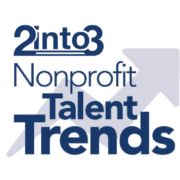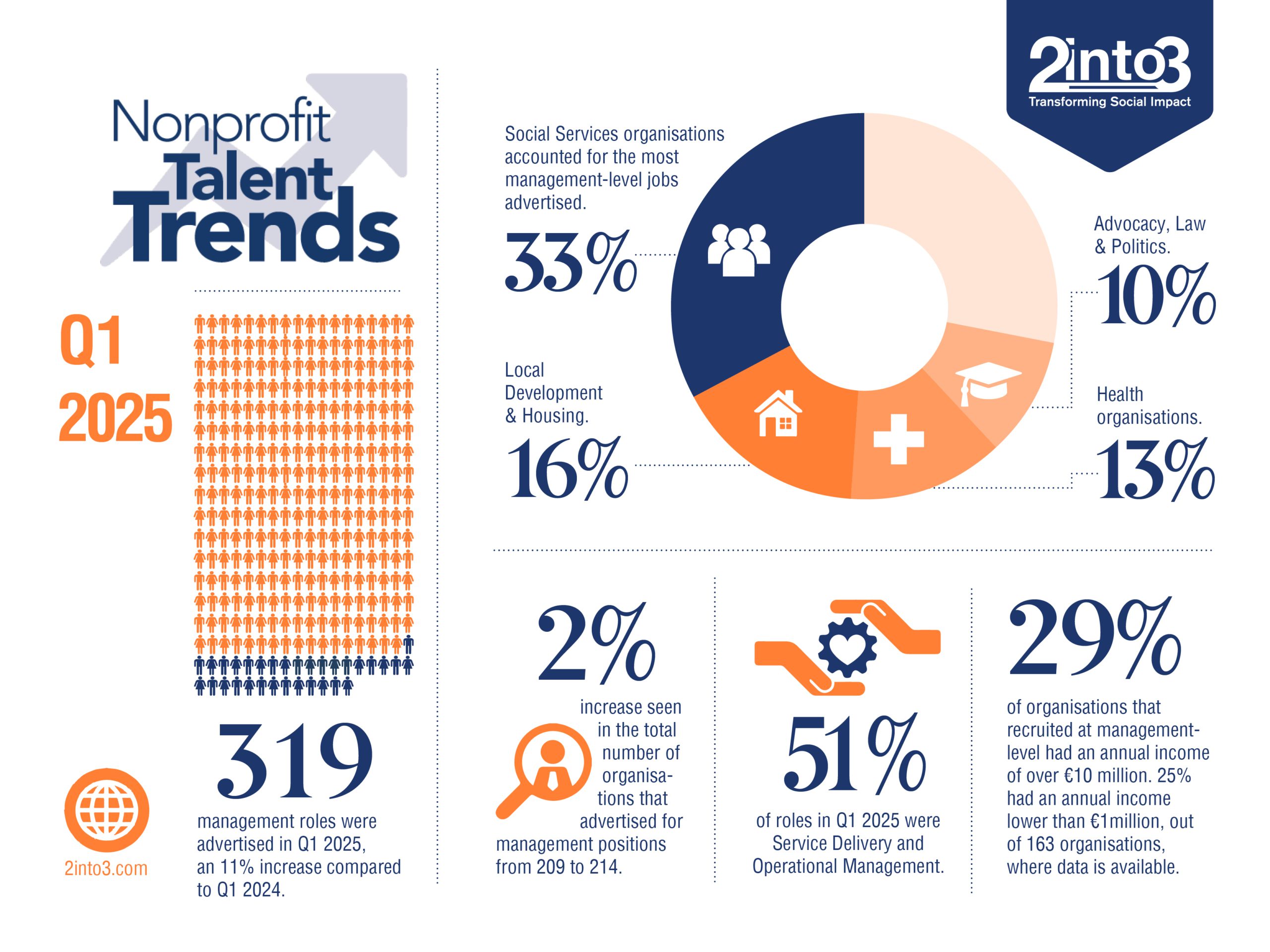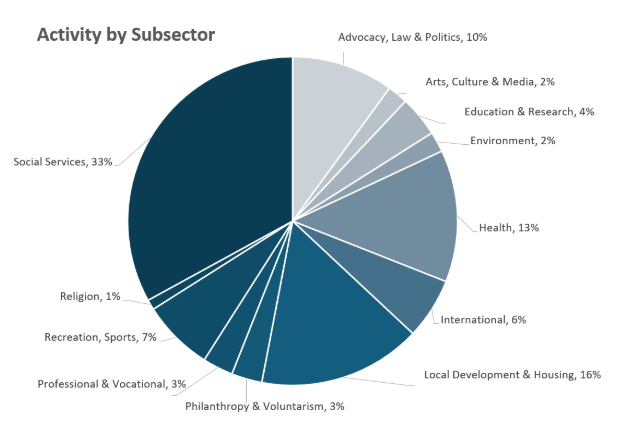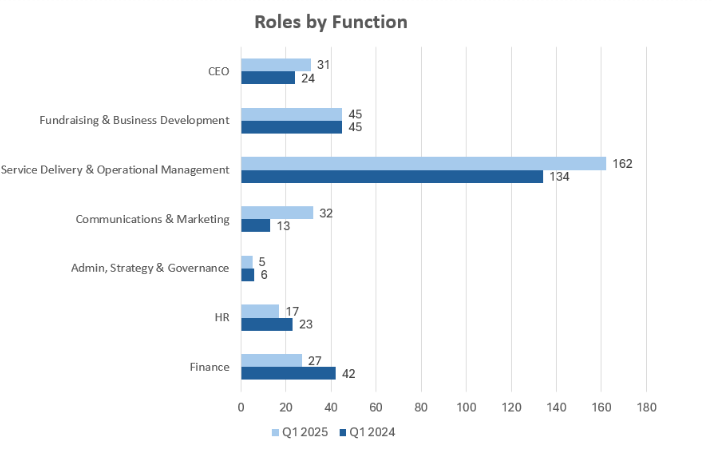A New Ice Age:
2into3 Client, Prime Arena Holdings Ltd today announces reaching agreement for the acquisition of an 8.14 acre site in Cherrywood, South Dublin for the development of Ireland’s first dedicated winter sports and entertainment arena – a major new venue that will transform Ireland’s sporting and cultural landscape.
Planning documentation for the €190m development is scheduled to be submitted by September 2025 for this state-of-the-art, multi-purpose arena which will become the home of Dublin’s first professional ice hockey franchise; as well as serve as a national hub for winter sports, major concerts, international exhibitions, and corporate events.
Located within the Cherrywood Strategic Development Zone and with seamless transport connectivity via Luas, Dublin Bus, M50, and M11, the venue is projected to generate socio-economic impact of over €230 million annually, becoming a landmark destination for fans, families, and businesses alike.
A Home for Winter Sports – and Dublin’s first Professional Ice Hockey Franchise
For the first time, Ireland will have a permanent base for Olympic-standard winter sports, supported by the Olympic Federation of Ireland. Dublin is currently the only capital city in Northern Europe without a permanent ice sport centre. The facility will include:
● Two full-sized Olympic ice rinks;
● A 5,000-seat (8,000 standing) indoor arena;
● A high-performance training centre for elite athletes; and
● A permanent home for Dublin’s first professional ice hockey franchise, with the exclusive franchise to compete in the UK Elite Ice Hockey League and European competitions – alongside the highly successful Belfast Giants franchise.
Culture, Concerts and Conferences
The Arena is designed for far more than sport. With projected capacity to host between 50-70 events annually in partnership with global promoters, it will provide Ireland with a mid-tier venue tailored to international-scale performances, tours, and exhibitions.
As a conference and gala venue, it will accommodate up to 1,500 seated guests, adding 200,000 hotel bed nights per year, and addressing a long-standing capacity gap from the business events industry, valued at USD 2.8 trillion globally.
A National Asset
The Arena will deliver social, economic, and cultural benefits for Dublin and Ireland:
● Local Jobs & Economic Growth: Nearly 400 direct jobs during construction and over 1,600 jobs supported annually, with 80 full-time positions related to ice-based activities.
● Community Access: Year-round public skating, school and youth group programmes, and adaptive winter sports opportunities, with over 1 million projected annual visits.
● Tourism Magnet for North American and European touring sports: The Arena will open Ireland up for hosting major indoor sporting events including NHL, NBA and ATP / WTA Tennis
● Sustainability: Cutting-edge design with carbon reduction goals and potential for shared district heating
“A defining moment.”
“This is a defining moment for Ireland – a bold statement of what we can achieve when ambition meets collaboration,” said Dermot Rigley, CEO of Prime Arena Holdings. “Since 2021, we’ve been working quietly but relentlessly with an incredible team to bring this vision to life – and today, we’re proud to finally share it with the Irish public. With the support of Dún Laoghaire-Rathdown County Council and Hines, we’re building more than an arena – we’re creating a national landmark that will open up winter sports to every corner of Irish society, empower our athletes, and give Ireland the platform it deserves to host world-class events.”
Tom Kennedy, Chairman of Prime Arena Holdings added, “This isn’t just an investment in infrastructure – it’s a legacy for generations. We are deeply grateful to our incredible investor group and project team, whose belief and commitment have made this moment possible.”
Jim O’Leary, Cathaoirleach of Dún Laoghaire-Rathdown County Council said, “I am delighted to welcome this announcement for Ireland’s first dedicated winter sports and entertainment arena earmarked for development in our new town of Cherrywood. This transformational arena will contribute significantly to our corporate goals in realising our sports, tourism and cultural ambitions and in supporting further economic growth and opportunities in our County for all who live, work and visit Dún Laoghaire-Rathdown and the wider region.”
The development is made possible through collaboration with Dún Laoghaire-Rathdown County Council and Prime Arena Holdings has worked extensively with national sporting bodies, tourism agencies, industry partners and event promoters, including Fáilte Ireland, the Olympic Federation of Ireland, and the Elite Ice Hockey League.
For more details, please visit: https://www.primearenaholdings.com/













